The Panther Tank in 24 Images – Was it the Best Tank of the War?

The German Panzerkampfwagen V Panther was born out of the shock experienced by German forces after encountering the Soviet T-34 medium tank and KV-1 heavy tank.
Assuming, rather arrogantly, that Soviet tank design hadn’t progressed further than 1930s technology, just days into Operation Barbarossa (German invasion of the Soviet Union), they realised their mistake. The Soviet’s tanks, while crudely made, were both mobile and heavily armored with powerful guns. The KV-1 was virtually impenetrable to any anti tank gun short of the 88 mm at that time in the war.
ADVERTISEMENT

However it was the T-34 that captured the German’s attention the most. This tank carried good armor and a good gun, with decent speed and good cross country performance, all in a sub-30 ton package. Begrudgingly accepting their Panzer IIIs and IVs were outclassed by these tanks, the Germans immediately set about creating a counter.
A competition between Daimler-Benz and MAN saw the VK30.01(D) and VK30.02(M) prototypes go head to head, with MAN winning out in the end for a few reasons, most important of which was a larger turret ring. The VK30.02, with a few advisory changes was given a rushed approval for production as the Panzerkampfwagen V Panther Ausf.D. This rush into service would leave the Panther with un-ironed issues that would plague the tank for the remainder of the war.
ADVERTISEMENT

Serial production of the Panther ran from January 1943 to April 1945. In addition to MAN, other companies including Henschel, Demag and Daimler-Benz were involved in the production of the Panther. Up to 136 organizations and manufacturers took part in total.
The Panther was originally planned to be armed with 60 mm of frontal armor, but while in the prototype stage Adolf Hitler requested a change to 80 mm instead. This meant the Panther had 80 mm of upper glacis armor angled at 55 degrees, 40 mm of side armor angled at 40 degrees, and 40 mm of rear armor at 30 degrees. The turret front was 100 mm thick, and the sides and rear were 45 mm thick angled between 25 and 30 degrees. All of this armor was face hardened for the best protection.
This gave the tank a weight of 49 tons. The Germans classed this as a medium tank, but the Allies classed it as a heavy tank.
ADVERTISEMENT

While less physical armor than the Tiger I, the Panther’s front plate if shot dead on had an effective thickness of 140 mm, 40 mm more than the Tiger I’s flat 100 mm frontal armor.
Inside the Panther’s crew consisted of five people.
ADVERTISEMENT

The Panther carried the 75 mm KwK 42 gun, a powerful weapon with great velocity. The barrel length of 70 times the calibre helped with this. The standard Panther Ausf.D could hold 79 rounds for the 75 mm, while the Ausf.G could take up to 82. A 7.92 mm MG 34 machine was mounted in the hull to be used by the radio operator, and another MG 34 was mounted coaxially next to the main gun.
The first 250 Panthers used the 21.35-litre Maybach HL 210 P30 petrol V12 engine that produced 650 hp, the same engine used in the early Tiger Is. Also like the Tiger, this engine would later be replaced by the more powerful and reliable Maybach HL 230 V12 petrol engine, which produced 700 hp. This rear mounted engine sent power through a drive shaft protected by a 250×250 metal cover to the transmission in the front of the hull.
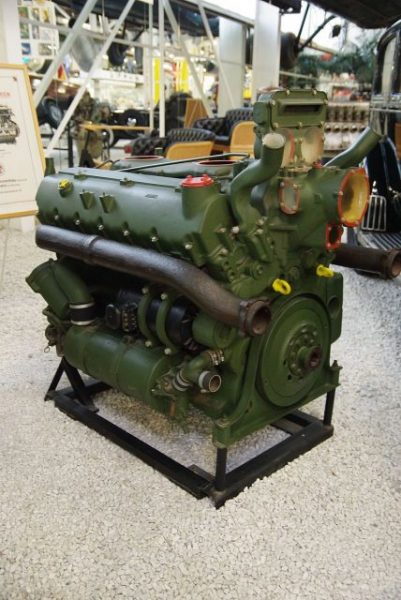
ADVERTISEMENT

The Panther had its first taste of combat at the Battle of Kursk, the biggest tank battle in history that involved over 6,000 tanks. From the very start of the Panther’s development, it was known that German industry could never match the Soviets in quantity, so the Panther was to rely on quality. At the Battle of Kursk the Panthers saw a similar fate to most other big German tanks during the war; they were superior machines to their enemy’s, but in the end would succumb to the overwhelming numerical superiority of the Soviet tank forces.




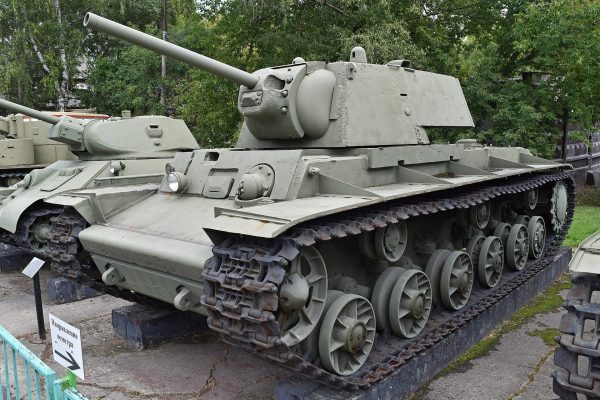
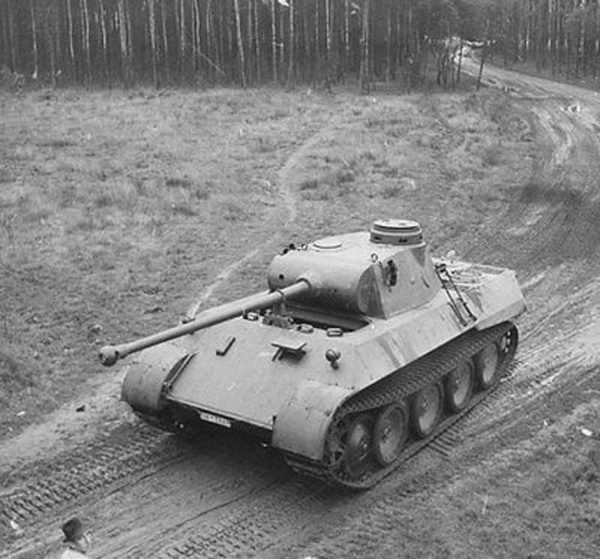

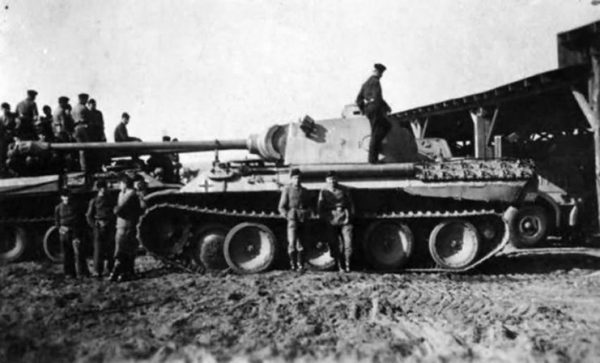
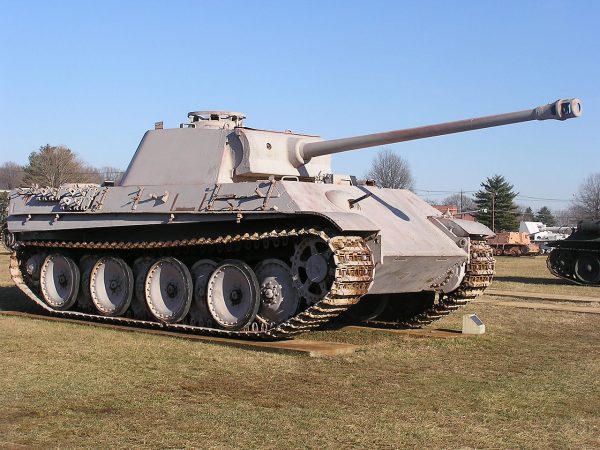
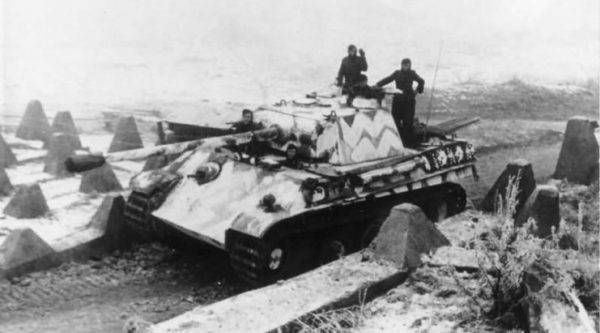
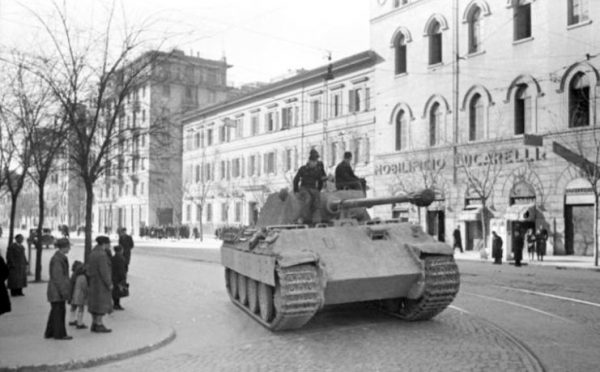
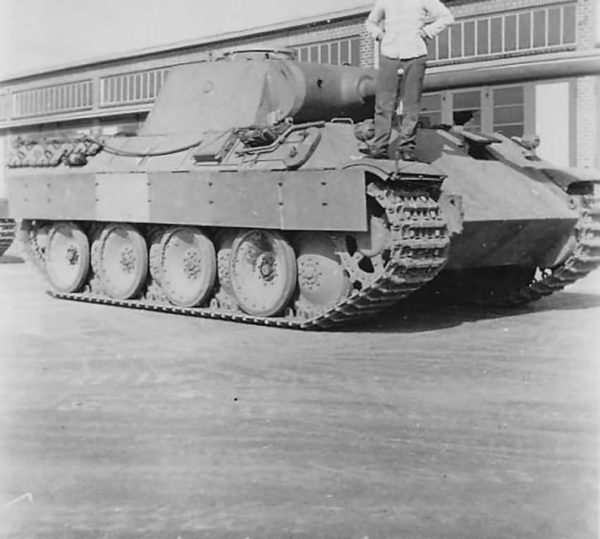
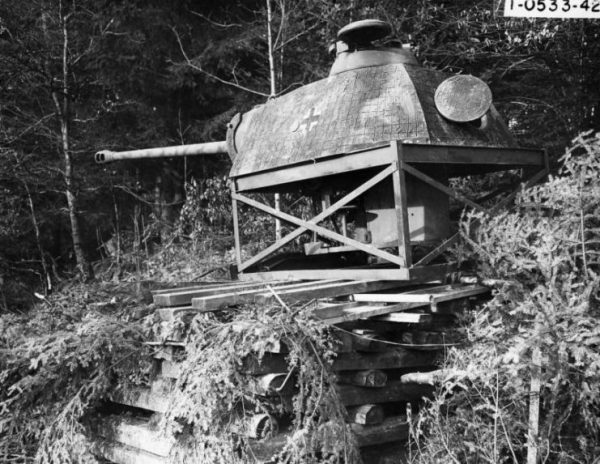
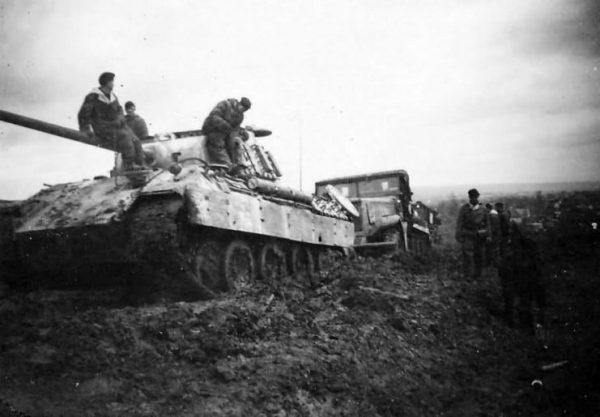
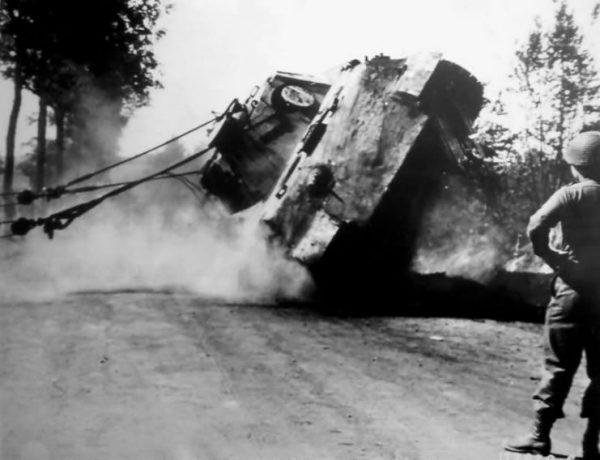
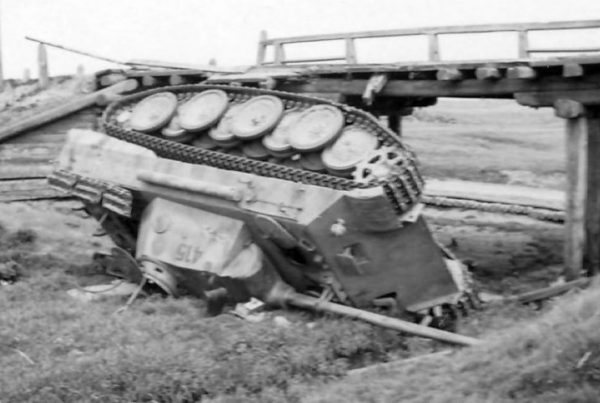
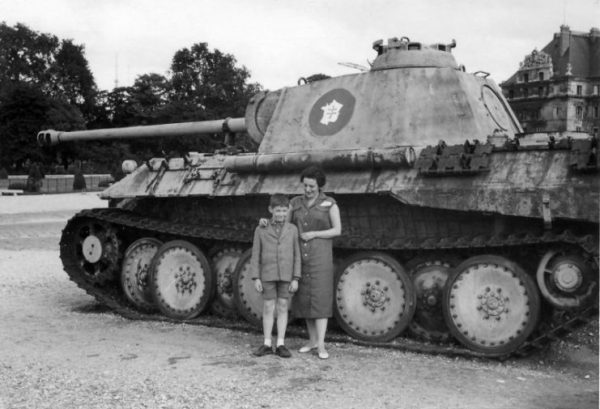
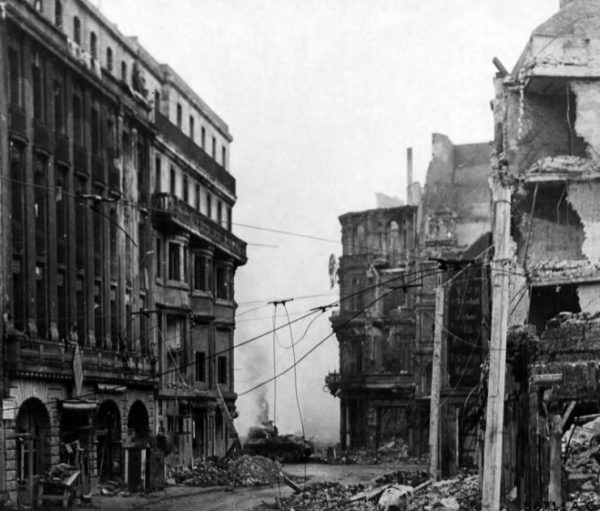
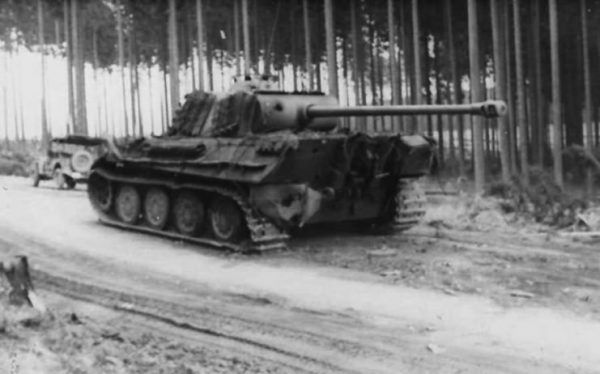
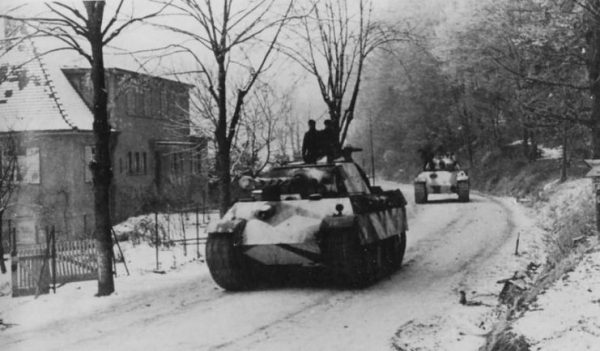
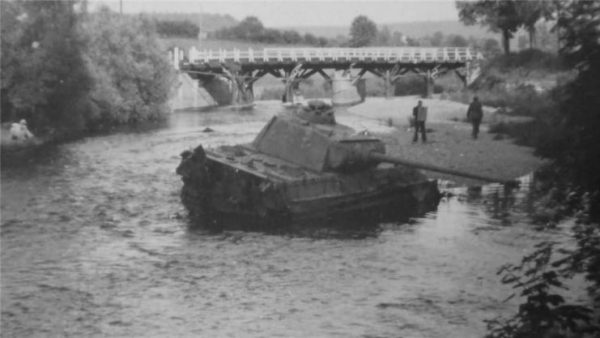
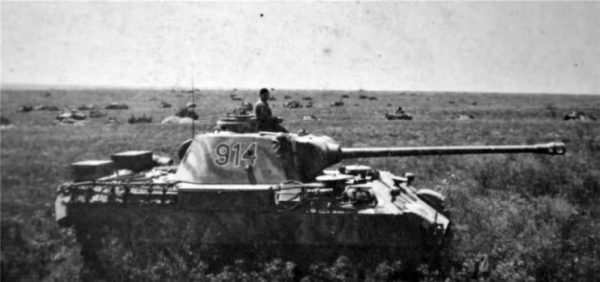
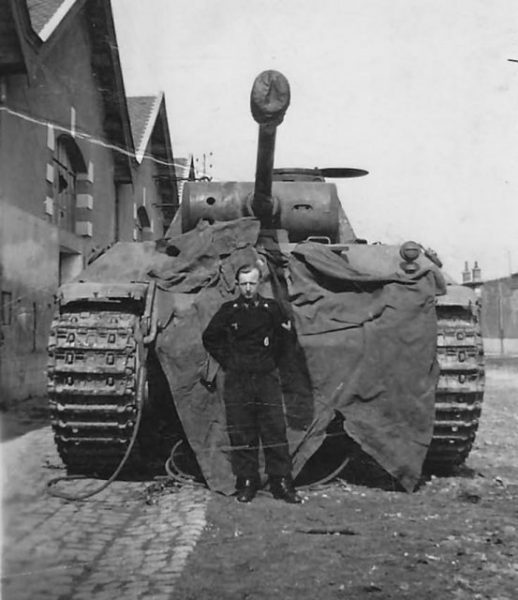
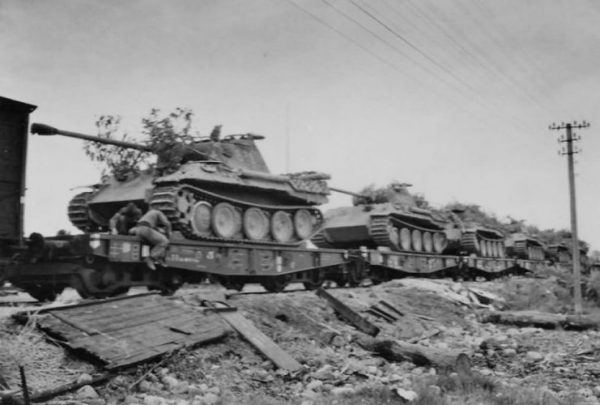
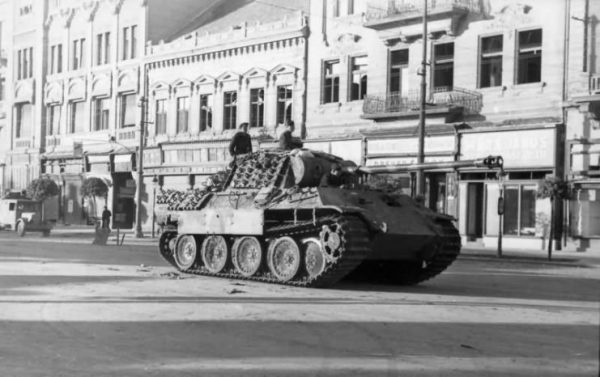
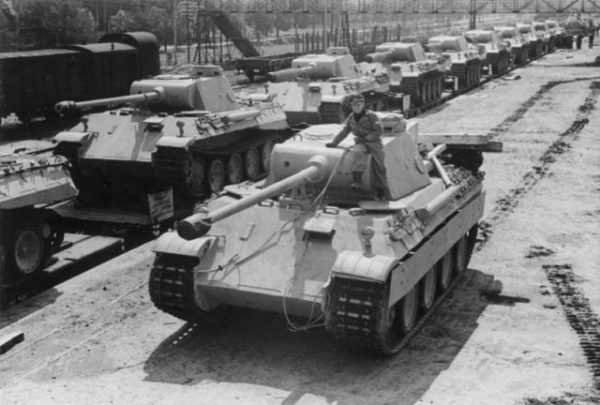
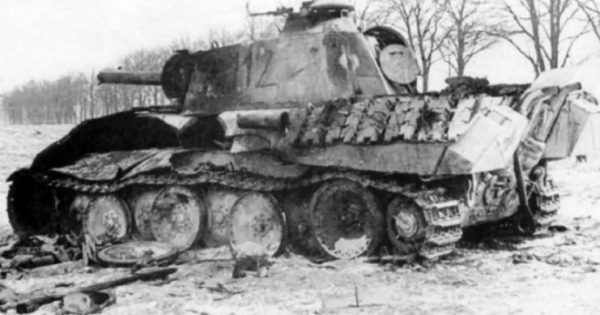
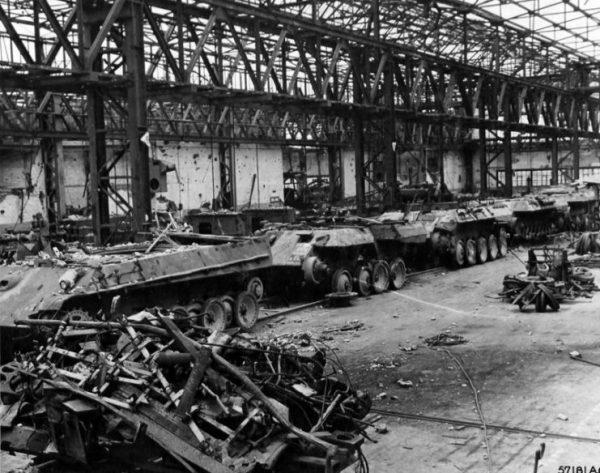
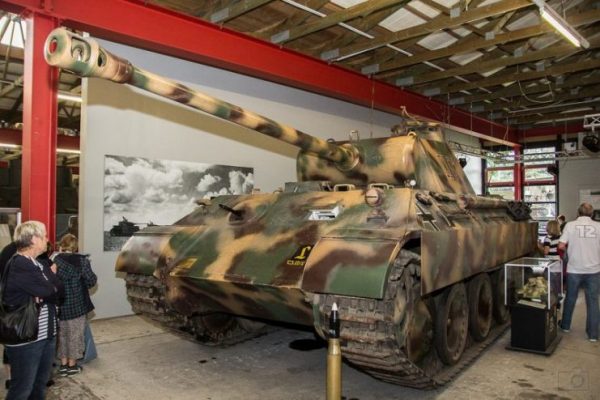

.jpeg)
Comments
Post a Comment